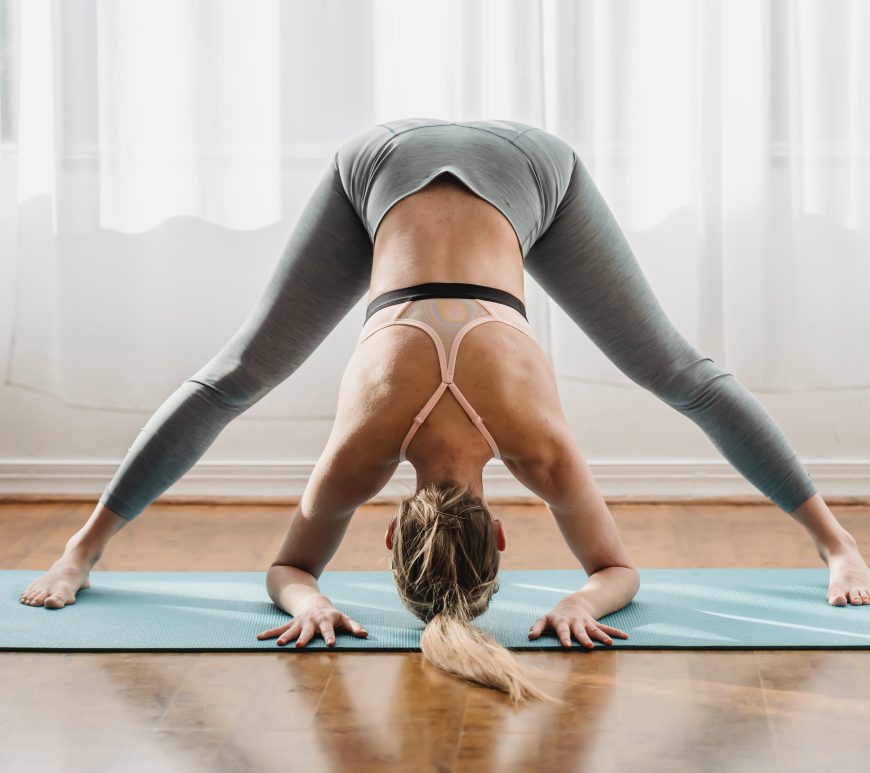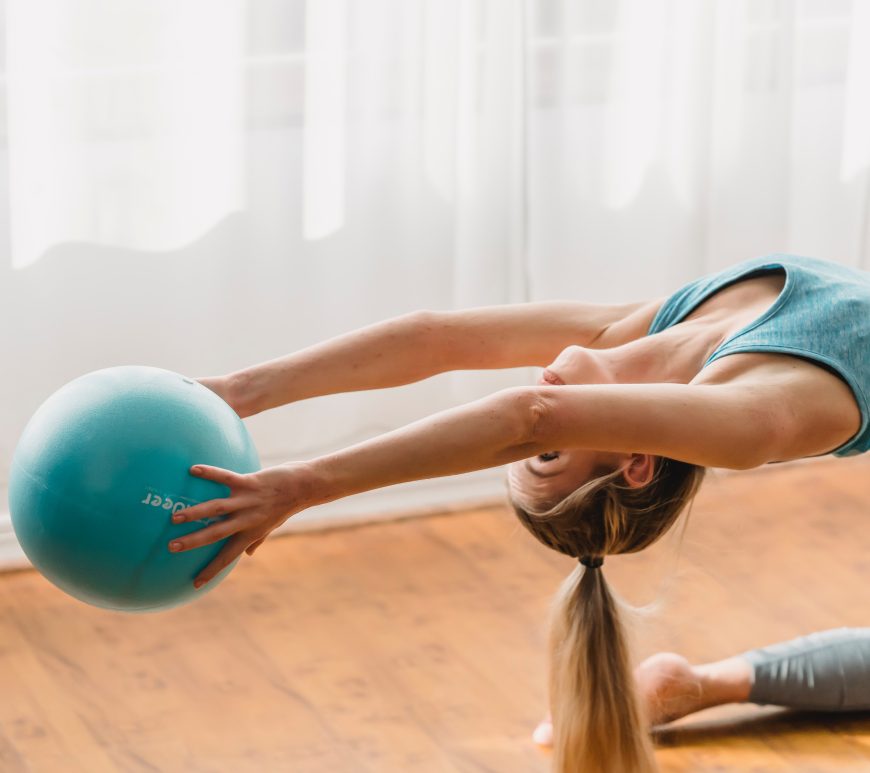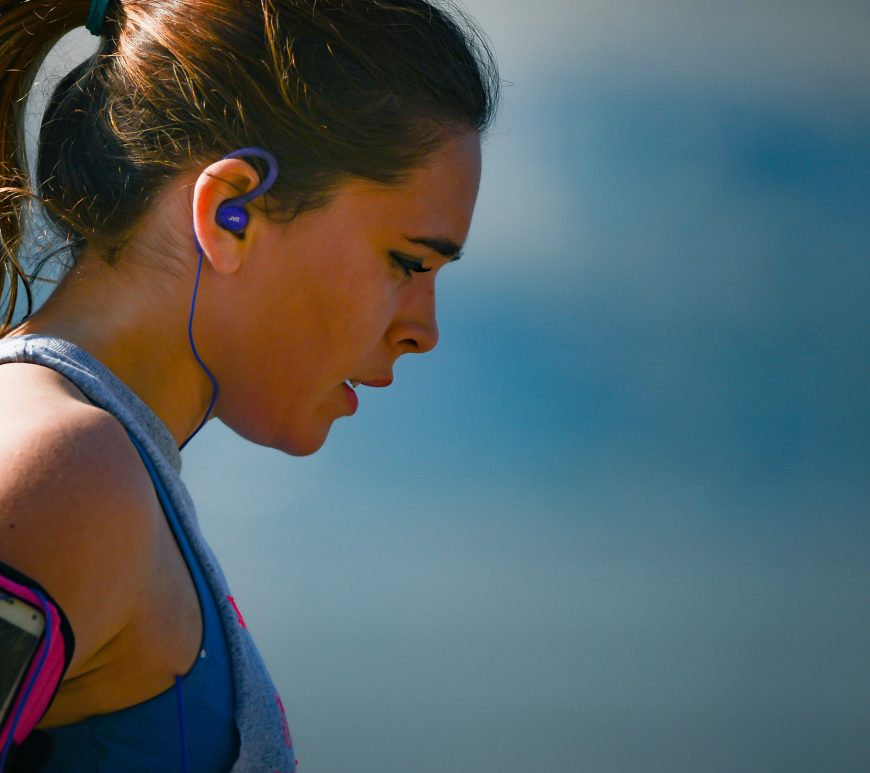
Which recovery method reigns supreme? Comparing blood lactate clearance after supramaximal leg exercise
In 1998, the study conducted by N. A. Martin, R. F. Zoeller, R. J. Robertson, and S. M. Lephart, the primary objective was to examine and compare the effects of sports massage, active recovery, and rest on promoting blood lactate clearance subsequent to maximal anaerobic (supramaximal) leg exercise. The research employed a counterbalanced experimental design with repeated measures, with the order of treatment conditions randomly … Continue reading Which recovery method reigns supreme? Comparing blood lactate clearance after supramaximal leg exercise

